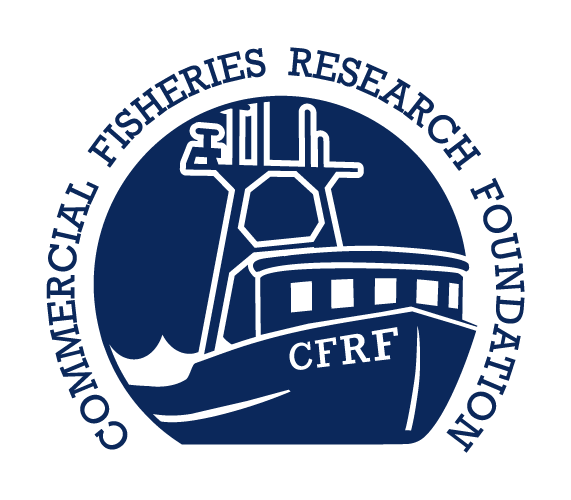Pioneer Array Workshop Series
Pioneer Array Project summary:
The Pioneer Array Project, operated by the Woods Hole Oceanographic Institution, consists of a network of moorings and autonomous, robotic vehicles that can be programmed to monitor waters of the Continental Shelf and slope. It is part of the National Science Foundation funded Ocean Observatories Initiative, and plans are for it to be deployed in the continental shelf break area (about 70 nautical miles south of Martha’s Vineyard) for a period of five years. The science equipment connected with the project will be used to measure temperature, salinity, pressure, dissolved oxygen, currents, chlorophyll, organic matter, and nutrients. Scientists are seeking to better understand the physical and chemical processes in this area, and how energy flows through the system. They want to be able to better track the upwelling of high nutrient water, ultimately gaining a better understanding of the movements of nutrients over the shelf area and how this relates to biological productivity.
- To view a map of the study area, click here.
- For a general description of the components of the Pioneer Array project, click here.
Workshop series and CFRF role:
In the fall of 2011, the CFRF, at the request of Pioneer Array scientists and fishing industry leaders based in Rhode Island, organized, facilitated, and reported on a series of workshops , aimed at addressing issues and concerns connected with the Pioneer Array Project. Discussion focused on identifying potential gear interactions, safety hazards, possible alternative siting arrangements, and options for avoiding conflicts and handling negative interactions.
- To view a Summary Report on this workshop series, click/ here.
- To view individual workshop summaries, follow the links below:
- Workshop #1 – October 5, 2011 – click here
- Workshop #2 – October 26, 2011 – click here
- Workshop #3 – Nov. 8, 2011 – click here
- Workshop #4 – Dec. 14, 2011 – click here
- To view a list of participants, click here
Additional Background Information :
During the workshop series, background information was exchanged. To view this, follow the links below.
- To view the Handout-Array Description, click here.
- To view the Handout-Mooring Details, click here.
- To view the Pioneer Micrositing2 Distances Handout, click here.
- To view the Pioneer Micrositing3 Distances Handout, click here.
- To view a summary of existing fishing activity in the area presented by workshop participants, click here.
- To view a “strawman” paper on liability concerns presented by fishing industry representatives, click here.
- To view a document pertaining to Gear Restricted Areas, click here.
- To view U.S. Coast Guard Regulations – Title 33: Navigation and Navigable Waters – Part 66 – Private Aids to Navigation; click here
- To view an example of an established procedure addressing negative interactions [State of Oregon – Department of State Lands – Communication Cable Easement No. 39538-EA] click here.
- To view a background article on liability issues [Commercial Fisheries News Article – “Lesson from Neptune Canada: Trawler Hit May Cost $1 Million”, August 2011] , click here.
Updates on the Pioneer Array Project:
- Pioneer Array Project Update - as of April 15, 2013: click here
- Pioneer Array Design Details - as of April 9, 2013: click here
- Pioneer Array Planned Installation Schedule as of April 11, 2013: click here
- Letter from the Consortium for Ocean Leadership to the Commercial Fisheries Research Foundation - dated March 6, 2013- click here
- Letter from the National Science Foundation to the Commercial Fisheries Research Foundation- dated March 7, 2013- click here
other information:
- For description of At Sea Test 2 (AST2):
- go to Ocean Observatories Initiative article "Ocean Observatories Initiative Successfully Deploys Moorings in East Coast At Sea Test", 9/27/2011
- go to Ocean Observatories Initiative article "Information on East Coast Activities and Pioneer Array", 12/4/2011
Note:
Regarding data, there is a disclaimer stating “these are not operational OOI data, but test data released with no quality assurances or commitment for ongoing support”.
